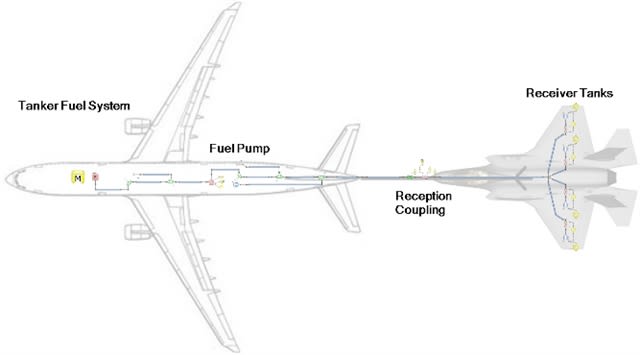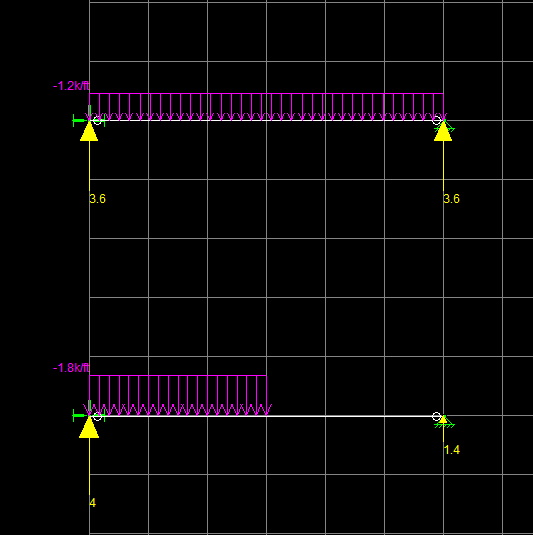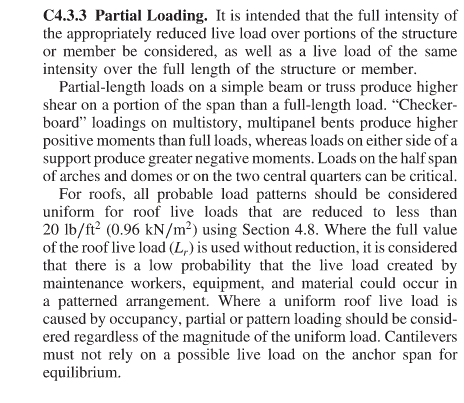TidePoolJunkie
Structural
- Nov 1, 2017
- 13
Hi all,
What are engineers out there doing for long span situations where a girder is eligible for a live load reduction (floor live load, trib area>400sf--ASCE 7), but the trib area for the connection at either end of the girder is <400sf (ie 700sf for the girder, 350 sf for the connection).
Thanks,
Kyle
What are engineers out there doing for long span situations where a girder is eligible for a live load reduction (floor live load, trib area>400sf--ASCE 7), but the trib area for the connection at either end of the girder is <400sf (ie 700sf for the girder, 350 sf for the connection).
Thanks,
Kyle







